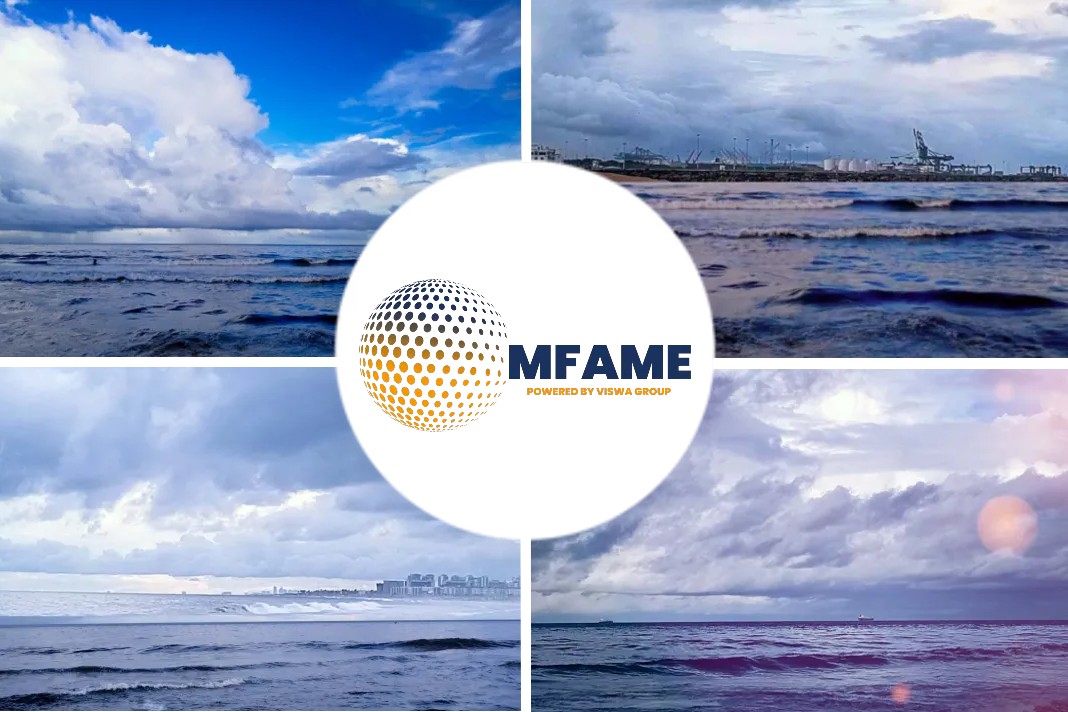NAPA, a leading digital technology provider for the maritime industry, has become one of the founding and coordinating members of the Blue Visby Consortium, which is aimed at helping the shipping industry eliminate the wasteful practice of “Sail Fast, then Wait” (SFTW) through a collaborative platform, reads an official release.
Blue Visby Solution
Combining an innovative contractual framework and state-of-the-art digital technology, the Blue Visby Solution optimizes arrivals, enabling vessels to reduce their speed – and emissions – without impacting their commercial performance.
By tackling SFTW, which sees ships sailing at speed across oceans only to wait at anchorage outside ports, the Blue Visby Solution will help reduce emissions for maritime journeys by 15% on average.
If applied globally, the solution has the potential to reduce the carbon footprint of the global shipping fleet by more than 60 million tonnes of CO2 per year – which is larger than the total emissions of an entire country like Norway.
Digital and voyage expertise for optimisation
NAPA joins the Blue Visby Consortium as a technology provider, contributing its digital and voyage expertise to help optimize and stagger arrival times for groups of vessels traveling to the same port. Taking into consideration parameters such as the performance and characteristics of each vessel, port congestion at destination, and weather conditions, the Blue Visby algorithm provides an optimal target arrival time for each vessel, while keeping their order of arrival as if they had sailed independently without the solution.
This enables vessels to slow down, cutting their fuel consumption and emissions, but still “keep their place in the queue” and arrive one after the other, which reduces unnecessary waiting times outside ports.
Shorter idle times and emissions savings
Crucially, the Blue Visby Solution includes an innovative contractual framework to address the problem of so-called “split incentives”. It introduces a sharing mechanism that enables stakeholders on each voyage (shipowners, charterers and cargo interests) to share the costs and benefits of the implementation of the Blue Visby Solution, including fuel savings, the costs of a lengthier journey, and the financial value of emissions reductions where applicable. This contractual architecture is designed to be compatible with the standard terms of maritime contracts and does not require any new legislation or regulations.
Based on extensive analysis of 2019 shipping data from 150,000 voyages by 13,000 cargo ships in the 150 most visited ports, NAPA estimates that the Blue Visby Solution will enable vessels to reduce their speed by about 1 knot on average, which is well within the operational parameters of the existing commercial fleet. Speed could be reduced on 87% of the voyages, leading to shorter idle times and an average emissions savings potential of 16%.
The Blue Visby Consortium also presently includes 11 other maritime leaders from the shipping industry, government, classification societies, consultancies, financing, and environmental organizations: Anglo-American, Carbon Trust, ClassNK, CMB, Drewry, Ocean Conservancy, Lloyd’s, the UK Hydrographic Office, the University of Manchester, Tankers International, and Vertis.
Did you subscribe for our daily newsletter?
It’s Free! Click here to Subscribe!
Source: NAPA
















